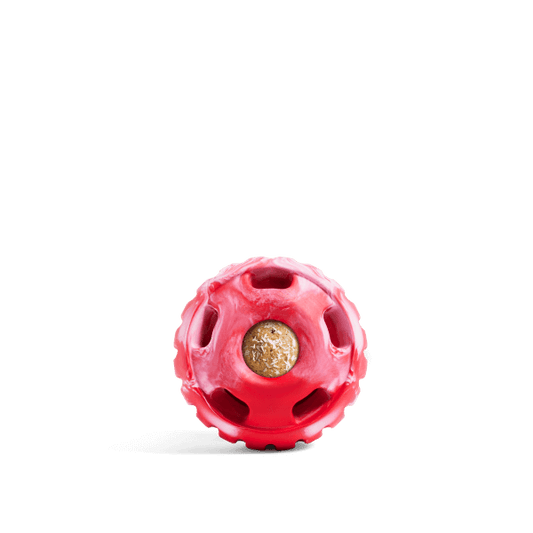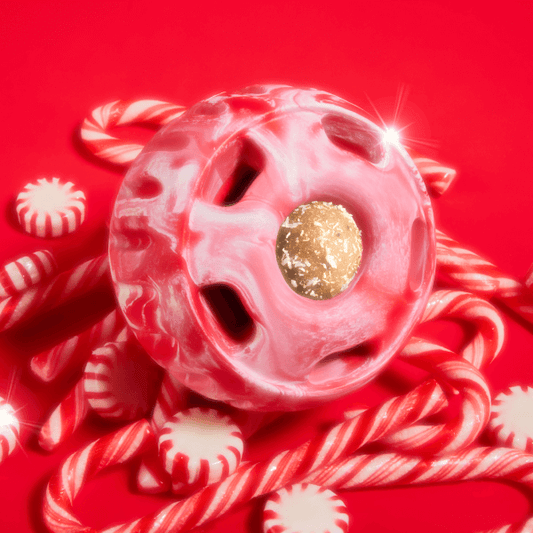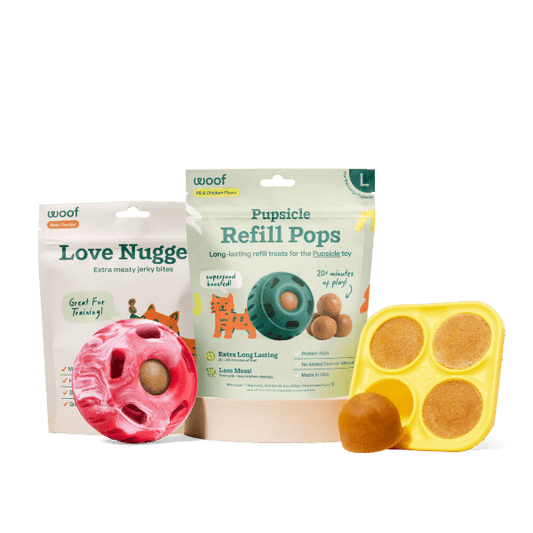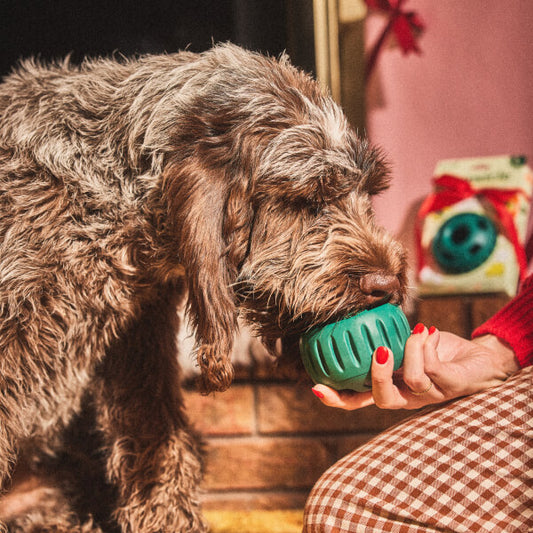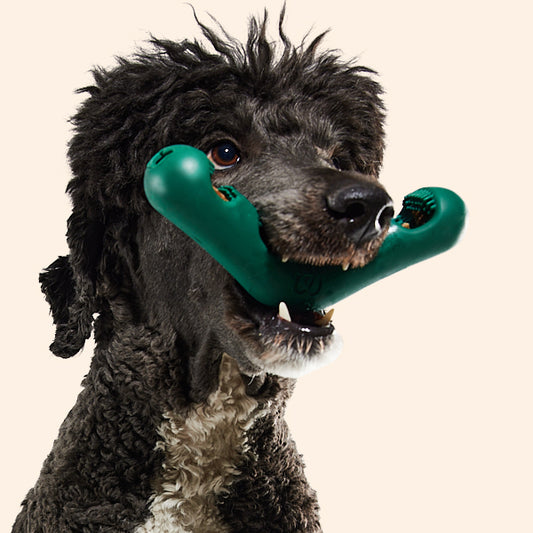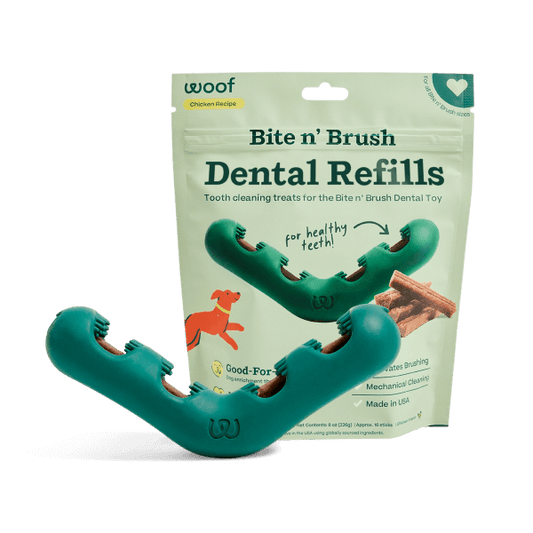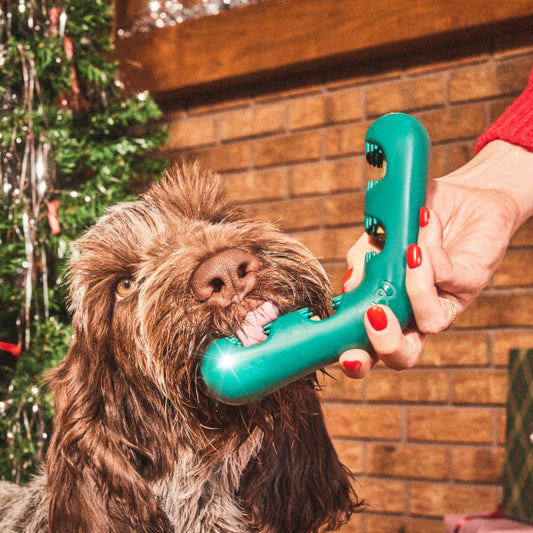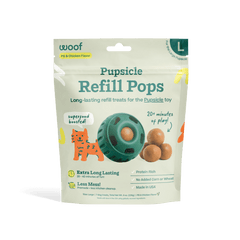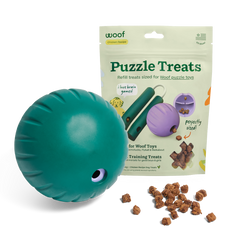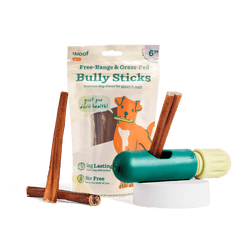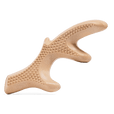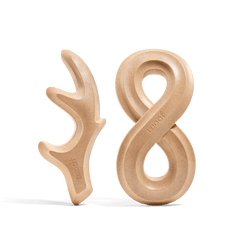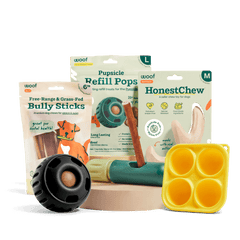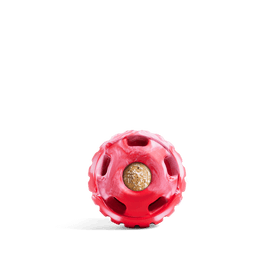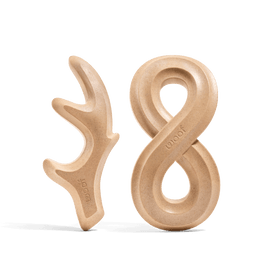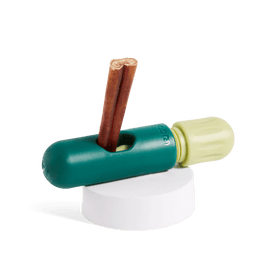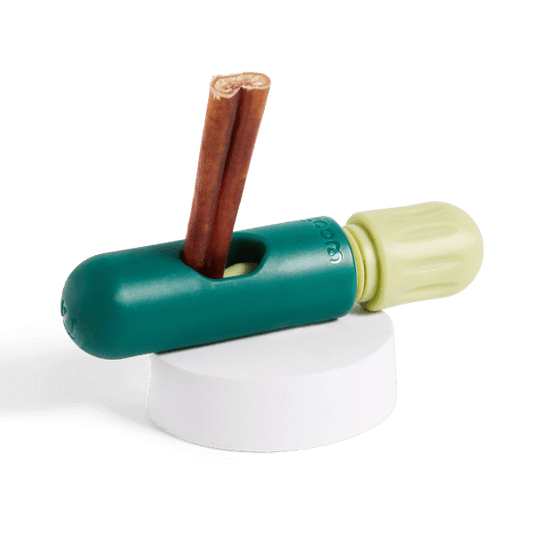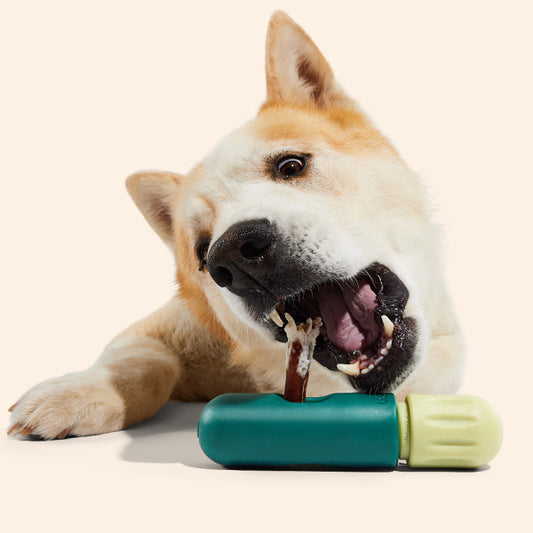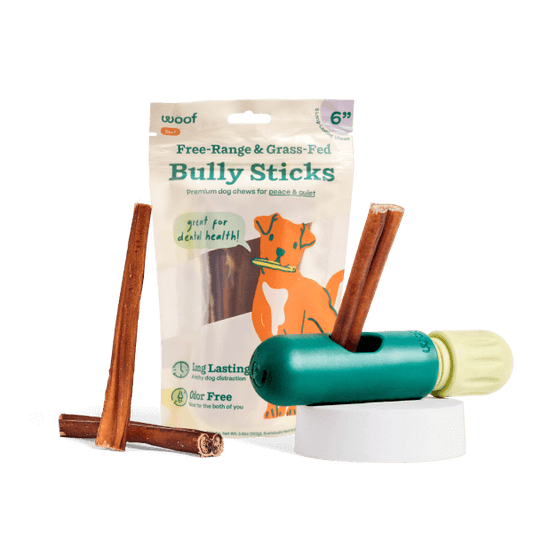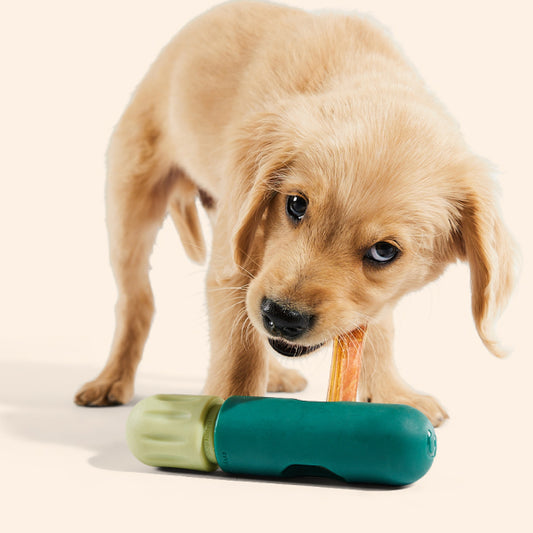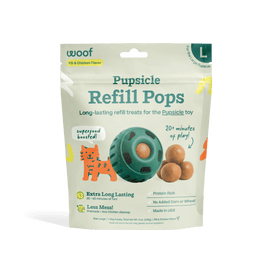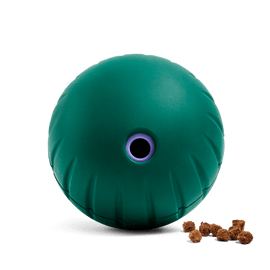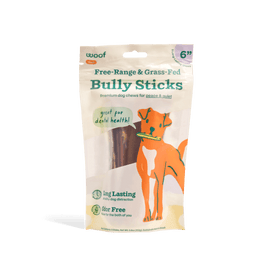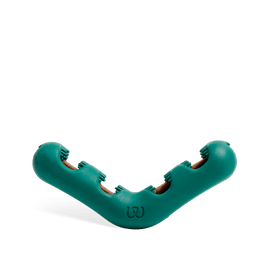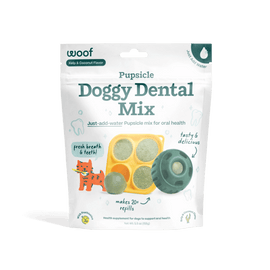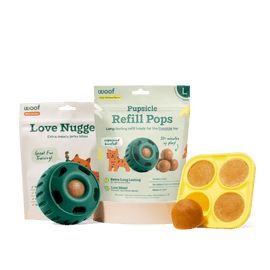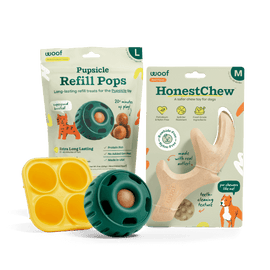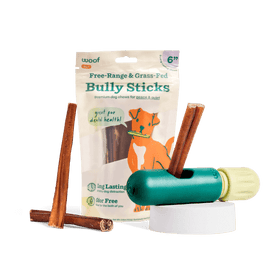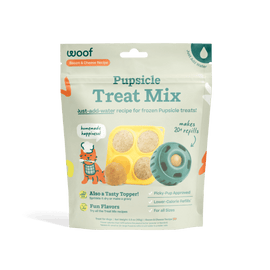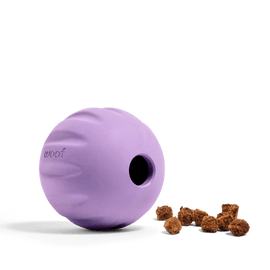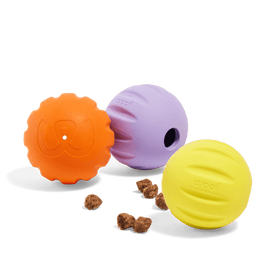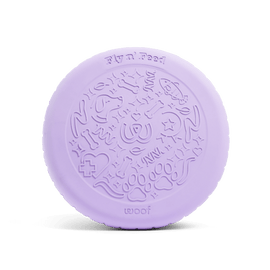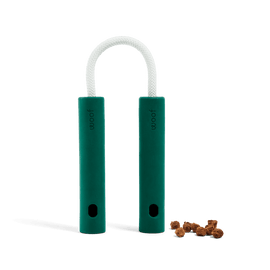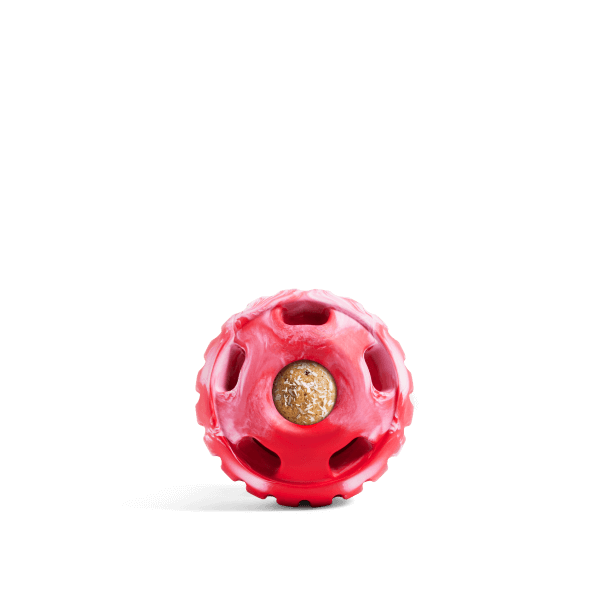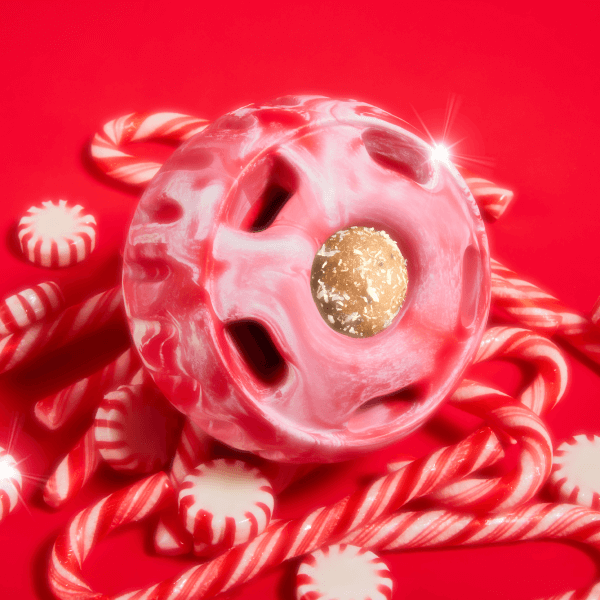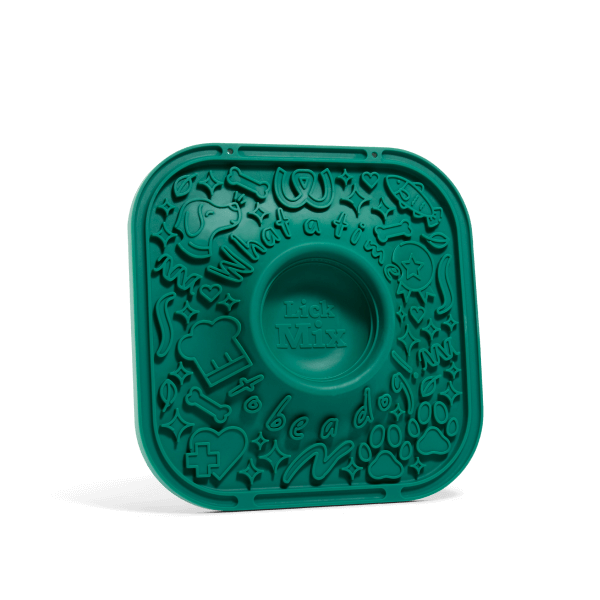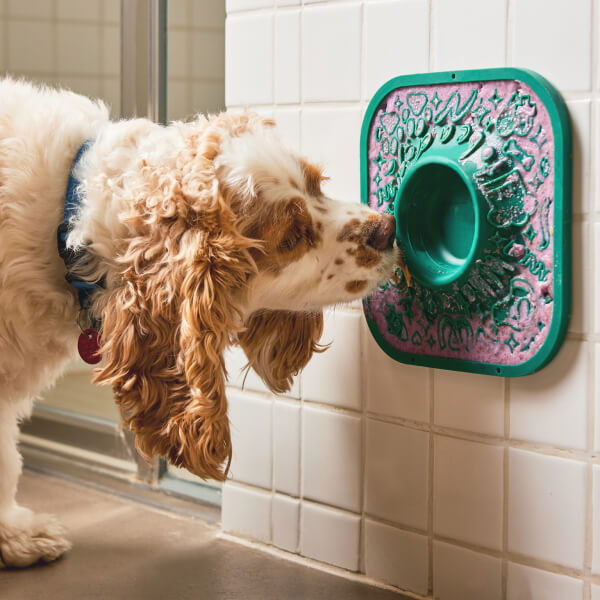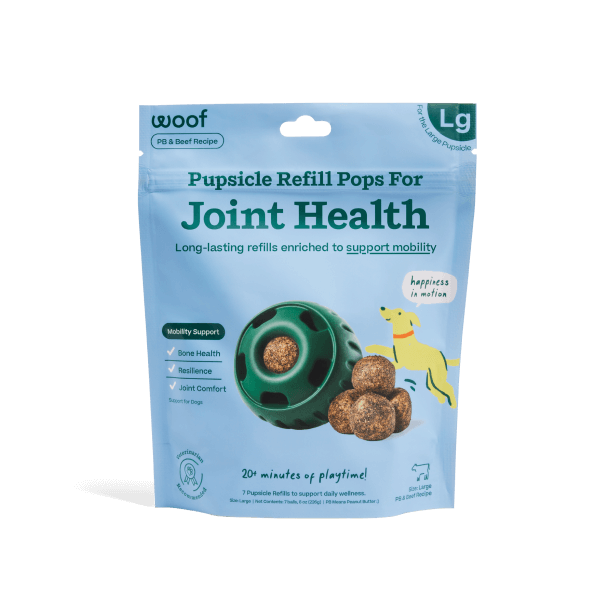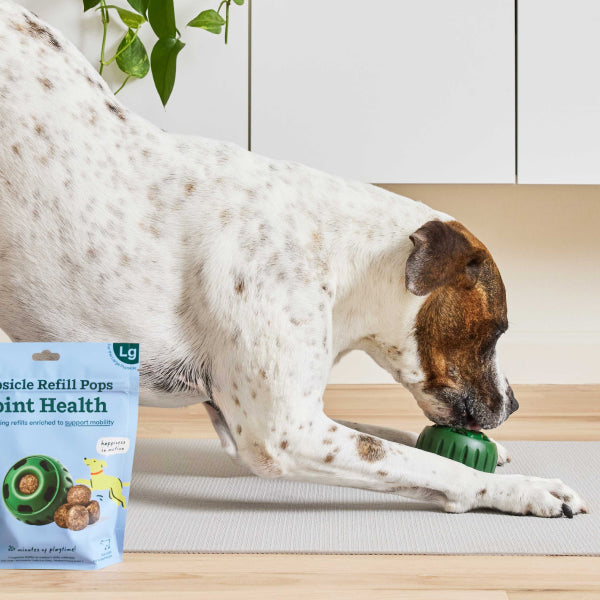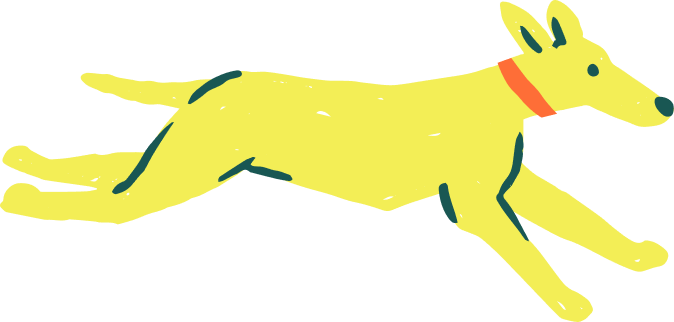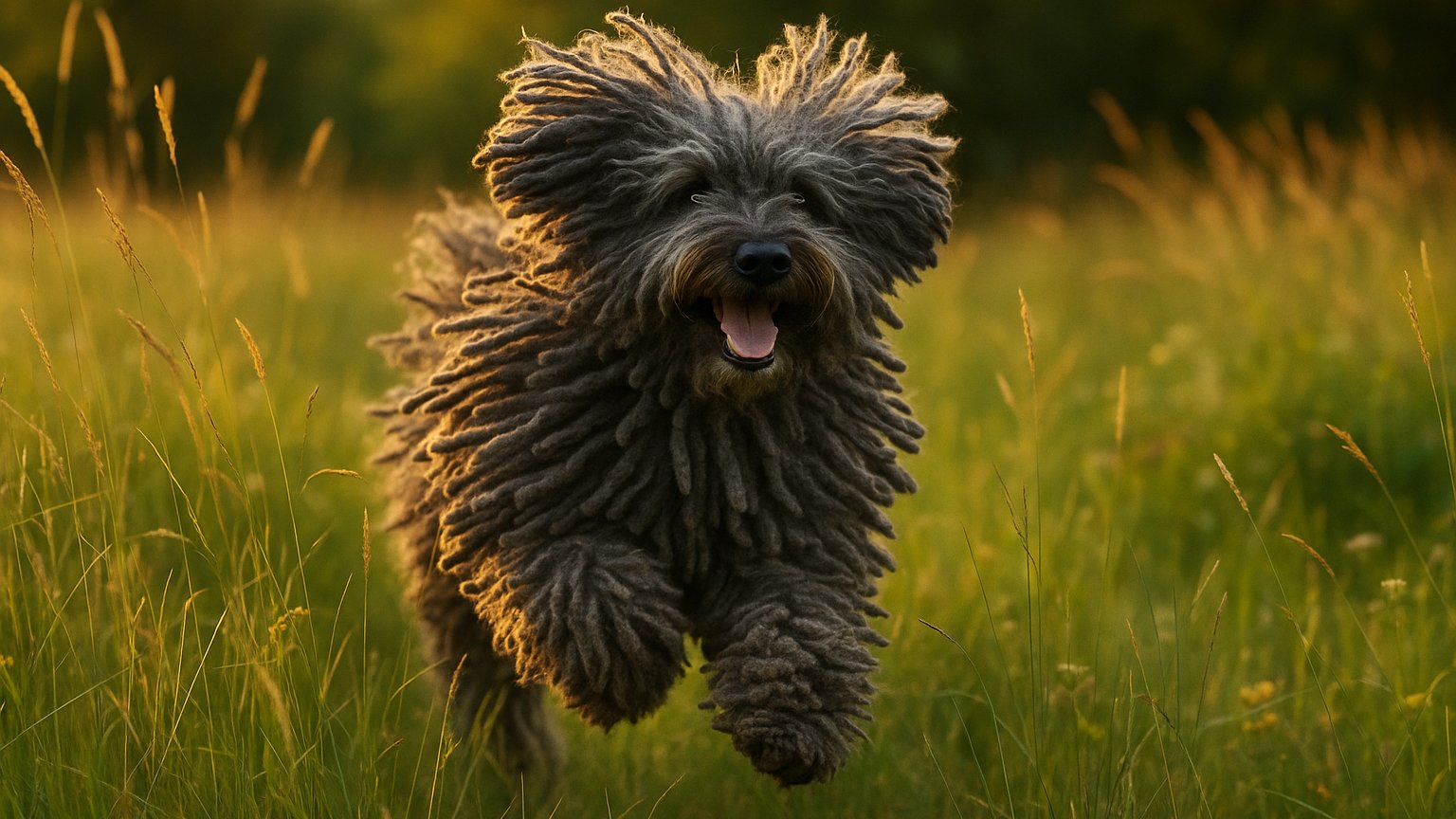
W
hen it comes to dogs that blend agility, intelligence, and a truly unforgettable look, few stand out like the Puli. With its signature corded coat and lightning-fast reflexes, this ancient Hungarian sheepdog is both a national treasure and a devoted family companion. Don’t let the mop-like appearance fool you — under those cords lies one of the most athletic, intelligent, and affectionate breeds in the world.🐾 Fast Facts: Puli
- Breed Group: Herding
- Origin: Hungary (over 1,000 years ago)
- Height: 16–17 inches (males), 14–16 inches (females)
- Weight: 25–35 lbs
- Coat: Long, dense, corded coat (naturally forming “dreadlocks”)
- Colors: Black, gray, white, or apricot
- Lifespan: 10–15 years
📜 Ancient Origins & Herding Heritage
The Puli’s lineage dates back over a millennium. Believed to have arrived in Europe with the nomadic Magyars from Central Asia, these dogs became indispensable herders on the vast Hungarian plains. Their speed, endurance, and intelligence allowed them to manage large flocks of sheep with minimal direction. The Puli’s corded coat protected them from extreme weather and even wolf bites — a natural shield against Hungary’s harsh environments.
During the 17th century, the breed nearly disappeared after mixing with other herding dogs. However, Hungarian breeders revived and standardized the Puli in the early 20th century, cementing its reputation as one of Europe’s most versatile working dogs. The American Kennel Club officially recognized the breed in 1936.
🇭🇺 Did You Know?
- The Puli’s herding style is so fast and agile that shepherds often described them as “a black cloud moving across the field.”
- The breed’s close relative, the Komondor, is its larger, white-coated guardian counterpart.
- Even today, Pulik (plural) are used in Hungarian farms — proving their centuries-old skills are still relevant.
💖 Temperament & Personality
Pulik are intelligent, affectionate, and fiercely loyal — the kind of dog that forms an unbreakable bond with its family. They’re quick thinkers, often anticipating commands before you give them, and they thrive on structure and interaction. Expect a sense of humor too: Pulik are playful, sometimes clownish, and love to be the center of attention.
Because of their herding roots, they can be wary of strangers and may “herd” children or pets — not out of aggression, but instinct. With early socialization and positive reinforcement, they adapt beautifully to home life, whether urban or rural.
Temperament Snapshot
- 🧠 Highly Intelligent: Quick to learn and problem-solve.
- ⚡ Energetic: Needs daily activity and mental challenges.
- ❤️ Devoted: Bonds deeply with family; protective yet gentle.
- 🐾 Playful: Known for a bouncy, almost comical energy.
- 👀 Alert: Excellent watchdog with a keen sense of awareness.
🏃♂️ Exercise & Training
Despite its woolly appearance, the Puli is a high-energy athlete. This breed loves to run, jump, and think — perfect for agility, obedience, and herding trials. Pulik excel in dog sports and are happiest when given a “job.” Daily walks aren’t enough; mix in play sessions, fetch, or hide-and-seek to keep both body and mind stimulated.
Training should focus on positive reinforcement and consistency. Pulik can be strong-willed but respond beautifully when treated as partners rather than subordinates. They also love learning tricks — anything that challenges their minds.
✂️ Grooming & Coat Care
The Puli’s iconic cords start forming naturally around 8–10 months of age. These cords — formed from the intermingling of the coarse outer hair and soft undercoat — must be gently separated by hand to prevent matting. While this may sound high-maintenance, most Puli owners describe grooming as a relaxing bonding ritual once mastered.
- Brushing: Not traditional brushing — instead, regularly separate cords and remove debris.
- Bathing: Only when necessary. Always rinse thoroughly and dry completely to prevent mildew.
- Drying Time: Expect several hours for cords to air dry (some owners use fans to speed the process).
- Trimming: Optional, but many pet owners keep cords shorter for easier care.
💡 Pro Tip:
When your Puli is young and cords are just forming, take extra care to separate them regularly — this sets the stage for healthy, even cords later in life.
🩺 Health & Longevity
Pulik are a healthy and hardy breed overall, often living well into their teens. Common health concerns include hip dysplasia and progressive retinal atrophy (PRA). Regular vet check-ups, balanced nutrition, and appropriate joint support can help ensure longevity and quality of life. Because of their dense coat, Pulik should be monitored closely for overheating in hot weather.
🦴 Woof Essentials for the Puli
- The Pupsicle: Ideal for cooling down after an energetic play session or outdoor run.
- The LickMat: Keeps your Puli occupied and calm during grooming or downtime.
- Hip & Joint Pops: Great for supporting joint health in this active, agile breed.
🐶 Final Thoughts
The Puli is far more than its stunning coat — it’s a joyful, clever, and loving breed with centuries of working heritage. Whether herding livestock or herding your family into laughter, the Puli brings energy, warmth, and character into any home. For those willing to invest time in grooming and training, the reward is an extraordinary companion unlike any other.
